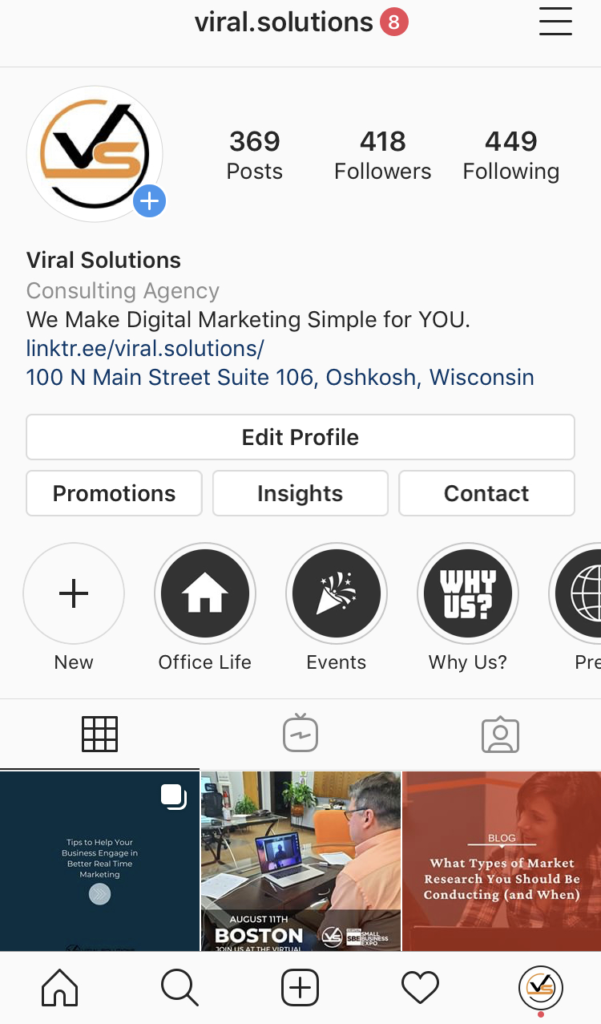
How to Measure Church Advertising Campaigns on Social Media
You created a church advertising campaign and finally launched it. You feel as if you’ve built the bridge from beginning to end. Your excitement and expectations are high.
Then something happens… You realize you don’t know how to track your advertising campaign results. The bridge isn’t quite finished.
So, what do you do?
- You run a quick search on which metrics to look at when running advertising campaigns, only to become even more confused.
- You give up on measuring the results of your campaign because you are overwhelmed.
Either one of these options has the potential to end in disaster. But there are ways to measure your church advertising campaigns on social media and determine the next steps in your social media strategy.
Why You Need to Measure Your Church Advertising Campaigns
- They tell you if you are on target to meet your social media goals. Goals must be determined when you are running an advertising campaign. When you measure campaign performance, you know if your social media strategy is working or if it needs adjustment.
- They prove whether your campaign was a success or not. No one wants to lose at the social media ad game. But can we agree that if an ad campaign wasn’t a success, then it needs to be revamped? You can’t know unless you measure.
- They tell you about your church or ministry “audience.” Now, when we say “audience,” we are speaking about those who follow you on your social media accounts, engage with your content, donate to your cause, and buy products from you. Measuring your church advertising campaigns will tell you if the message, products, and services resonate with your followers.
Now that you know why you need to measure, let’s unpack a few metrics you need to track and how to measure the success of your church advertising campaigns.
What Metrics to Track and How to Measure Them
While tracking likes and shares is important, there is so much more to measuring your church advertising campaigns’ success.
1. Return on Your Investment
This is the most important metric to track. You spend a lot of time, energy, and money building social media ad campaigns. You want to be sure you are getting a return on your investment and can justify your ad spend.
How to Measure
Above, we mentioned goals. If you have a goal to run a church ad campaign for an event, you’ll need to consider the donations you plan to accrue from the event compared to the amount you need to spend on advertising.
Let’s make it simple. Say your profit margin was $1,000. Your ad generated 1 customer for every 10 contacts that decided to purchase a ticket (this is called conversion), and your average cost per contact was $100. You would only be breaking even with your ad.
- Total return: 1 x $1,000 = $1,000
- Total investment: 10 x $100 = $1,000
- ROI: $1,000 – $1,000 = 0
Not great.
So then, to have a positive ROI, you need to convert more contacts from the same list. Let’s say 2 out of every 10 contacts purchased a ticket.
- Total return: 2 x $1,000 = $2,000
- Total investment: 10 x $100 = $1,000
- ROI: $2,000 – $1,000 = $1,000
Now you are getting somewhere.
2. Impressions
Impressions measure the total number of times someone saw your ad. Don’t confuse this with views, which is the number of people who actually stopped to watch your ad. For example, YouTube counts a view when someone watches for 30 seconds (or the duration of your ad if shorter than 30 sec) or engages with it, whichever comes first.
How to Measure
Let’s take a look at Facebook and Instagram. First, make sure your church is set up as a business page. This allows you to have a clear view of what is working and what isn’t, even down to the time of day people are most active.
For Facebook, go to your business page and click on Insights on the top of your page.

For Instagram, go to your business profile and click on the Insights button, below the Edit Profile button.

3. Conversion Rate
This figure is the number of visitors who take action on your page after clicking on your social media ad against your page’s total visitors.
If you produce content that is valuable and sharable with your followers, you’ll have a higher conversion rate.
How to Measure
First, make sure you have a short URL set up for the CTA (call to action) in your church advertising campaigns. Place a “cookie” on your ad to gather data. Then, use campaign reporting to track the total number of clicks and conversions from the ad. Divide the conversions by total clicks. Multiply that number by 100 to get your conversion rate percentage.
4. Bounce Rate
This number reflects the percentage of people who clicked on your ad but then quickly left the page the ad took them to, meaning they didn’t take action.
Bounce rates help you measure social media traffic against other traffic sources. For example, if your social media bounce rate is lower than other traffic sources, this tells you that social media ads are resonating with your followers and driving traffic to your products, events, web pages, and more.
How to Measure
You’ll need Google Analytics to measure bounce rates. Once you have that set up, open the Acquisition tab and click on All Traffic. Then click on Bounce Rate. This will rank your social channels’ bounce rates from lowest to highest.
The Takeaway…
When it comes to paid ad spend, you want to ensure you aren’t wasting time and money. Church ad campaigns take strategy and metrics to be successful. As mentioned before, the worst thing you can do after your ads go live is nothing.
You must measure what is working and adjust your church advertising campaigns accordingly.
You are running an ad for a reason. Whatever the reason, the product, page, or service on the other end is designed to make an impact. And the impact made has the potential to give hope and change lives!
So, get into the weeds and start looking at how people are interacting with your ads. It’s more than worth it.
Want to avoid 4 common social media mistakes made by churches?
Then click HERE and register for our free webinar
4 Critical Mistakes Most Churches Make with Social Media.
Get the tools you need to make your church’s reach go further on social media.

